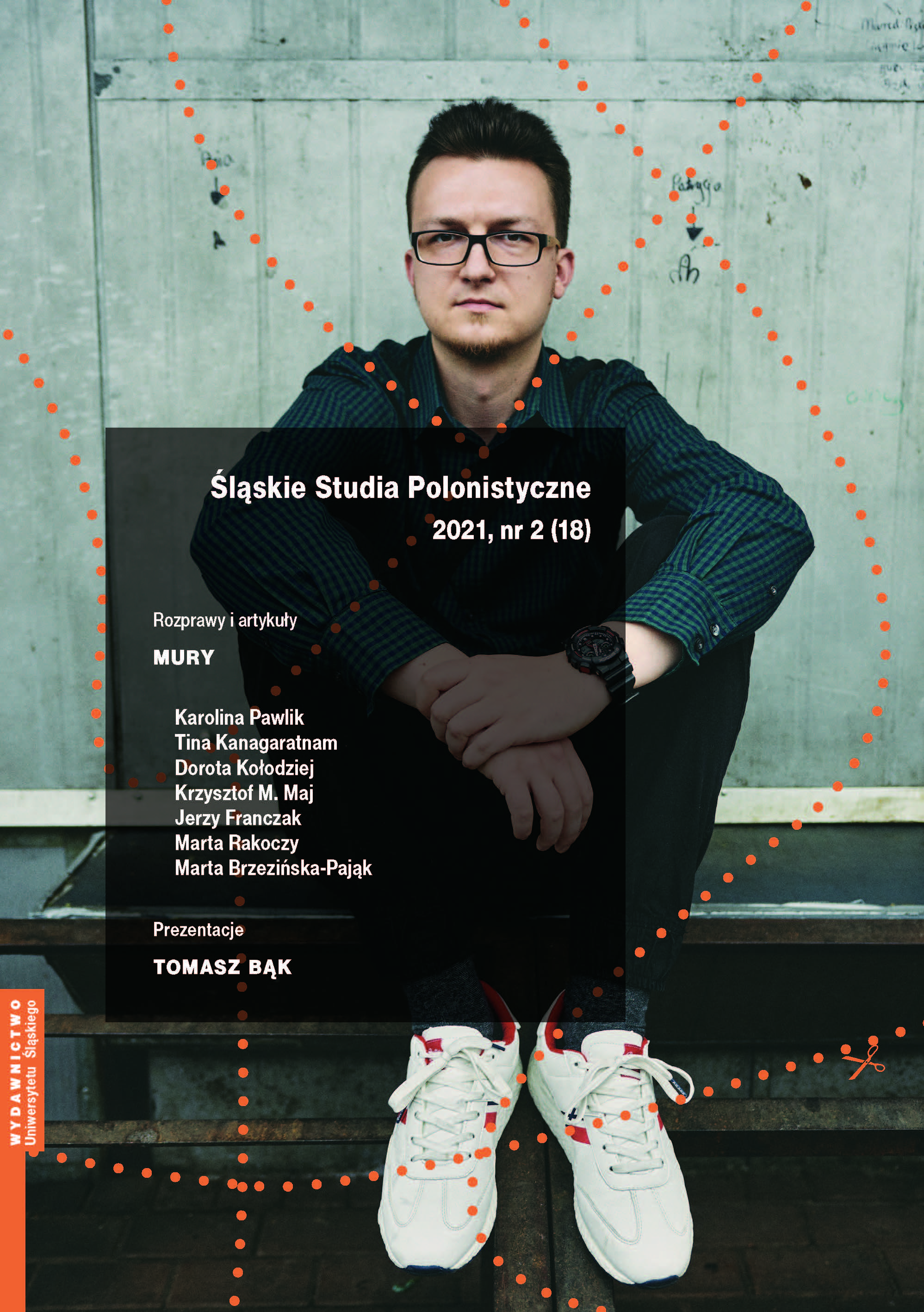Yiddish, or Jewish German? The Holocaust, the Goethe-Institut, and Germany’s Neglected Obligation to Peace and the Common European Cultural Heritage
Yiddish, or Jewish German? The Holocaust, the Goethe-Institut, and Germany’s Neglected Obligation to Peace and the Common European Cultural Heritage
Author(s): Tomasz Dominik KamusellaSubject(s): Jewish studies, Culture and social structure , History of the Holocaust, Philology
Published by: Wydawnictwo Uniwersytetu Śląskiego
Keywords: Europe; Goethe-Institut; Holocaust remembrance; Katastrofe; Yiddish
Summary/Abstract: The vast majority of Holocaust victims and survivors were Ashkenazim. Their main language was Yiddish. Yiddish is very close to German, the main difference being that the former is written in Hebrew letters, while the latter in Latin ones. Postwar Europe’s moral foundation is Holocaust remembrance. But this remembrance to be effective, it must be active in the absence of Holocaust survivors. A way to ensure that could be the novel school and university subject of Yiddish for reading purposes. As a result, researchers and interested Europeans would start reading documents and books in Yiddish again. Germany’s premiere cultural organization, Goethe-Institut, is uniquely well-placed and morally obligated to facilitate the relaunch, popularization and cultivation of the skill to read Yiddish-language sources and publications for both the sake of research and for pleasure.
Journal: Śląskie Studia Polonistyczne
- Issue Year: 2021
- Issue No: 2 (18)
- Page Range: 1-18
- Page Count: 18
- Language: English

